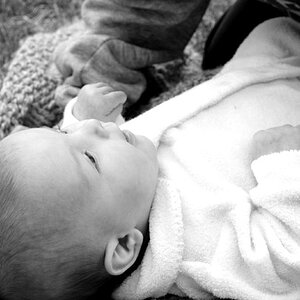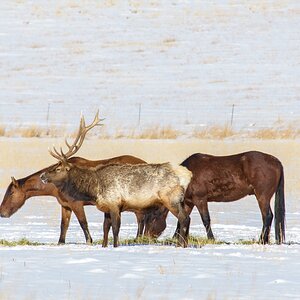JohnTrav
No longer a newbie, moving up!
I am still learning how rouse my photoshop and photoshop camera raw programs to process my photos. I also have Lightroom 4 but barely ever use it because it runs so slow on my computer.
Petty ,ugh right no I am having trouble figuring out how to edit photos with some blown out highlights while some of it is underexposed it seems. I read books such as "the digital negative" and other Scott kelby books on using these programs and also watch YouTube video tutorials and utilize google. For some reason I just can not figure this out.
Here are the shots of before and after of what I was working on that IMO I am doing a terrible job on
This was also a panorama shot stitched together in photoshop them processed in camera raw if that means anything to anyone. Also the gear I used was my canon 7D with my canon 70-200 f/2.8L. No fill flash was used and I prolly should have used it. Any help will be appreciated.
Pretty much what I was trying to do was tone down the blown out sky (I failed)
Here is the before:
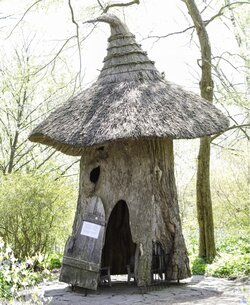
Here is the after:
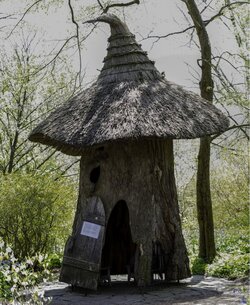
Petty ,ugh right no I am having trouble figuring out how to edit photos with some blown out highlights while some of it is underexposed it seems. I read books such as "the digital negative" and other Scott kelby books on using these programs and also watch YouTube video tutorials and utilize google. For some reason I just can not figure this out.
Here are the shots of before and after of what I was working on that IMO I am doing a terrible job on
This was also a panorama shot stitched together in photoshop them processed in camera raw if that means anything to anyone. Also the gear I used was my canon 7D with my canon 70-200 f/2.8L. No fill flash was used and I prolly should have used it. Any help will be appreciated.
Pretty much what I was trying to do was tone down the blown out sky (I failed)
Here is the before:

Here is the after:



![[No title]](/data/xfmg/thumbnail/32/32706-50b778fbc110c8ea4472547d54c6a923.jpg?1619735610)

![[No title]](/data/xfmg/thumbnail/38/38294-cb4a5aa0ded725d4c694e6eebe276f0d.jpg?1619738564)
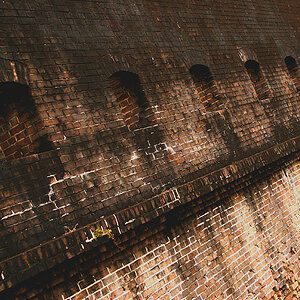
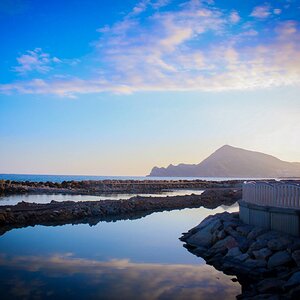
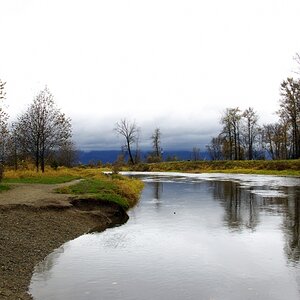
![[No title]](/data/xfmg/thumbnail/33/33356-9cfc19255e84aab13c903f781a99cf9f.jpg?1619735920)
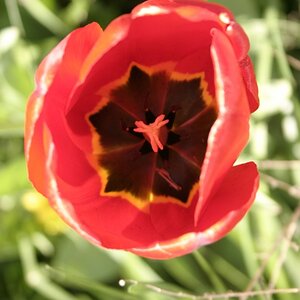
![[No title]](/data/xfmg/thumbnail/37/37109-62e1b65e6f8bd2a349250acd6d653f1e.jpg?1619737882)
![[No title]](/data/xfmg/thumbnail/32/32708-c55da623febe9d91efe5f28aa54c3090.jpg?1619735612)
